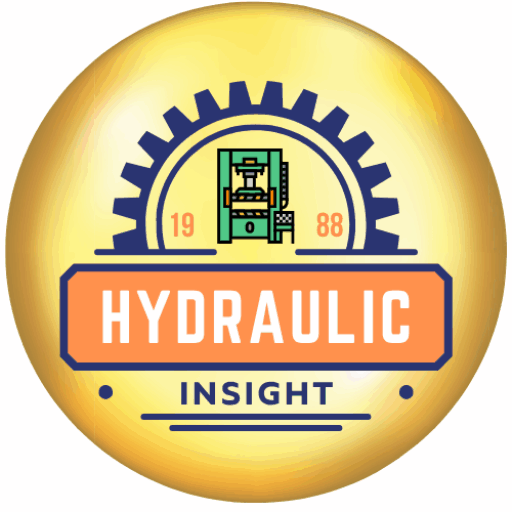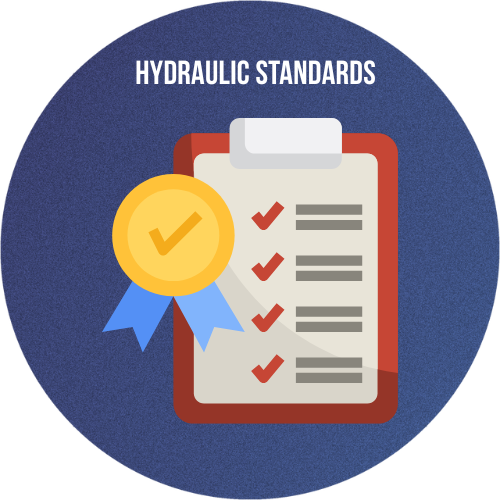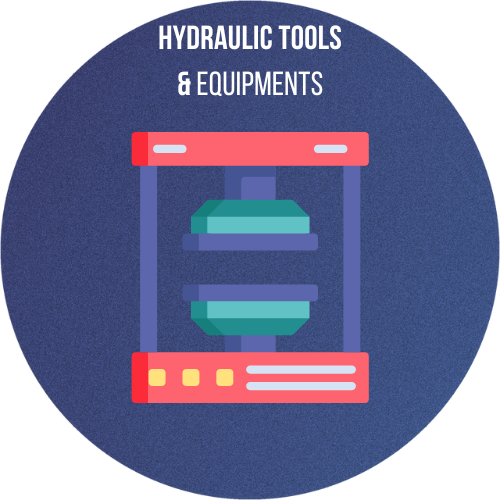
A hydraulic actuator is a mechanical device that converts hydraulic energy—fluid pressure—into mechanical motion. It is one of the most powerful types of actuators used across many industries where high force output and precise control are essential. From construction machinery to industrial automation, hydraulic actuators are key components that drive motion and power in countless mechanical systems.
At its core, a hydraulic actuator consists of a cylinder (or motor) in which a piston moves under the force of pressurized hydraulic fluid. This movement can be linear or rotary, depending on the actuator design. Unlike pneumatic actuators that rely on compressible air, hydraulic actuators use incompressible fluids, which allows for smoother operation and greater force generation.
The use of hydraulic actuators dates back to the early 20th century and has evolved alongside advances in fluid power technology. Today’s actuators are more compact, efficient, and integrated with digital control systems, making them an ideal solution for complex and demanding environments.
One of the most compelling advantages of a hydraulic actuator is its ability to generate high torque or linear force while maintaining relatively small dimensions. This characteristic makes them particularly well-suited for applications in mobile equipment, aerospace, marine, and energy industries.
As industries continue to demand more precise, reliable, and responsive actuation systems, understanding how a hydraulic actuator works and where it can be applied becomes increasingly important. This article explores the working principles, types, applications, advantages, and selection criteria for hydraulic actuators, providing a comprehensive guide for engineers, technicians, and decision-makers.
In the sections that follow, we will break down how hydraulic actuators operate, the different types available, and what makes them a preferred choice in heavy-duty applications.


 HYDRAULIC BASICS
HYDRAULIC BASICS  HYDRAULIC COMPONENTS
HYDRAULIC COMPONENTS  HYDRAULIC SYSTEM
HYDRAULIC SYSTEM  HYDRAULIC SYMBOLS
HYDRAULIC SYMBOLS  HYDRAULIC STANDARDS
HYDRAULIC STANDARDS  HYDRAULIC CALCULATORS
HYDRAULIC CALCULATORS  HYDRAULIC TOOLS
HYDRAULIC TOOLS  BUYER’S GUIDES
BUYER’S GUIDES 








